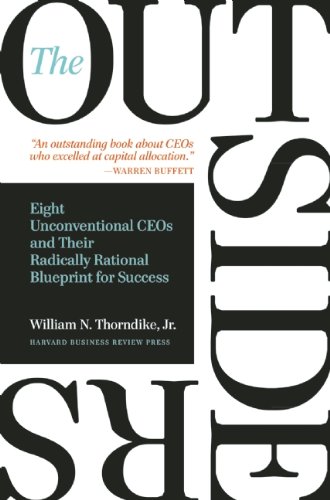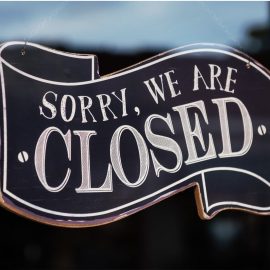

This article is an excerpt from the Shortform summary of "The Outsiders" by William N. Thorndike, Jr. Shortform has the world's best summaries of books you should be reading.
Like this article? Sign up for a free trial here .
What is the Virtuous Cycle, and how does it work? How did the Virtuous Cycle improve TCI’s value?
The Virtuous Cycle, often called the virtuous circle, as a system in which business executives can use the idea that making money leads to more opportunities to invest and therefore make more money. Read about how CEO John Malone used the Virtuous Cycle strategy to pull TCI out of bankruptcy and grow the company like never before.
John Malone and Virtuous Cycle
As CEO from 1972 to 1991, John Malone pursued a Virtuous Cycle strategy—grow subscriber count through acquisitions of cable providers, which would give scale to negotiate lower fees with content providers, which would make acquisitions of cable companies further cheaper.
In this era of conglomerates, companies expanded quickly through acquisitions. Since private equity didn’t yet exist, there was less competition for acquisitions, and acquired companies often traded for lower P/E multiples than their buyers had in public markets. As a result, conglomerates had a Virtuous Cycle for acquisitions—buying cheap companies raised short-term profits, which increased stock prices, which in turn was used to buy more companies.
TCI was on the verge of bankruptcy when Malone took over in 1973. Once TCI stabilized, Malone could pursue his master strategy: a Virtuous Cycle of growth.
At cable companies, the largest expense (40% of operating expenses) was paid to content suppliers (called programmers) like HBO and MTV. Larger cable providers were able to negotiate lower fees per subscriber. Malone realized that the key was to increase size, which would allow for increasingly better business economics, which would in turn allow for increased size.
How the Virtuous Cycle Works
Here’s how the Virtuous Cycle worked in more detail:
- Buying more cable systems would lead to more subscribers.
- This would lead to lower programming fees per subscriber, which would increase cash flow.
- Higher cash flow allowed the company to take on more debt, which could be used to buy more cable systems.
- This would further improve programming fees, and so forth.
In essence, larger cable companies could pay more for acquisitions than smaller competitors, since they could extract more value from them.

———End of Preview———
Like what you just read? Read the rest of the world's best summary of William N. Thorndike, Jr's "The Outsiders" at Shortform .
Here's what you'll find in our full The Outsiders summary :
- What great CEOs like Warren Buffett do that average CEOs don't
- How to master the art of capital allocation
- How to be a great manager that your team is excited to work with






